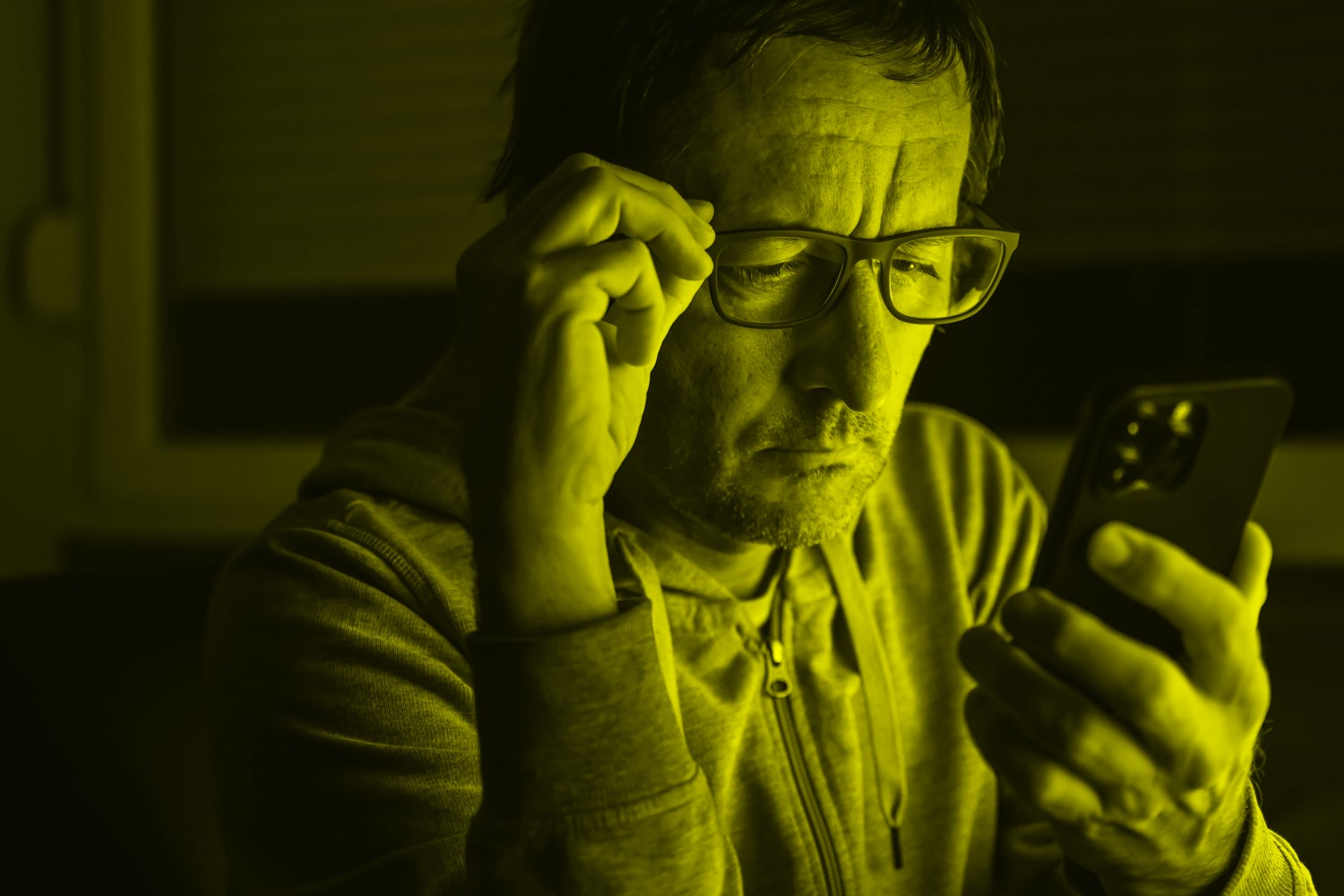There seem to be no rules in the current era of climate disaster. The Palisades and Eaton fires, which were 25 times larger because of climate change, tore through Los Angeles months ahead of typical fire season; Hurricane Helene caused catastrophic flooding in areas of western North Carolina previously thought to be climate havens; and “once-in-a-lifetime” floods and storms feel more like regular occurrences. It snowed in New Orleans.
In 2023 and 2024, the U.S. experienced a record-breaking 55 climate and weather disasters that each caused at least $1 billion in damage. And this new normal is unfolding as the Trump administration works to phase out FEMA spending and shift the burden of recovery onto states and communities.
Even if you haven’t been directly affected by a disaster, footage of collapsed homes, charred forests, and displaced families is everywhere. Faced with so much upheaval, it’s understandable to ask: What can I do? Does anything I do even matter?
If you feel disoriented, guilty, or even paralyzed, you’re not broken; you’re just at the limits of your emotional capacity, explains Jenni Silverstein, a therapist and co-executive director of the Climate Psychology Alliance. When we’re overwhelmed by large-scale crises, our stress response either surges or shuts down, putting us outside the emotional space where we can effectively function and respond—what’s known to psychologists as our “window of tolerance.”
The goal isn’t to eliminate these feelings, but to recognize them as signals—starting points for action. “The helplessness is real,” says Natasha Thapar-Olmos, associate professor of psychology at Pepperdine University. “It’s because we’ve never solved this before, right? We don’t know what to do—we’re at a loss.” These feelings are not weaknesses, but a reminder that we care and want to help.
Here’s how to work through those feelings and move towards action.
1. Recognize helplessness for what it is
It can be tempting—really tempting—to push past feelings of helplessness or guilt, but take a pause. “If we can tolerate the discomfort of that helplessness long enough just to understand what it might be saying, then we’re better equipped to actually take action on the things that will help us feel less helpless or more empowered,” says Thapar-Olmos.
In other words, rather than judging yourself for feeling powerless, you can treat that reaction as a sign that your brain is trying to make sense of something enormous. This gives you space to feel without rushing to fix the situation. It’s a shift from floating to standing on firmer ground.
2. Build your tolerance for bad news
The goal here isn’t to deny emotions, but to stay within your window of tolerance—the place where you can feel upset but still functional. According to Silverstein, our nervous system may push us into hyper-arousal (panic, anxiety, anger) or hypo-arousal (shutdown, dissociation, doomscrolling). “Both of those are really normal, and also not the place from which we can be effective in taking care of ourselves and others,” she says.
Self‑regulation tools like mindfulness, time in nature, just going for a walk can help you stay within your window of tolerance. The more you take control, the less likely it is that your fight-or-flight instincts take over, and the more likely you are to stay grounded enough to engage.
3. Take media breaks to reset
If you’re overloaded, the news won’t help you act—it’ll likely shut you down. Scrolling endlessly through disaster footage can trick your brain into believing you’re in danger, even from thousands of miles away. That’s part of why you might feel tired, anxious, or emotionally drained, even from a distance. It might feel wrong to look away—as if bearing witness is a moral duty—but taking breaks is not about avoidance, says Silverstein, it’s about preserving your capacity to respond.
If you’re noticing signs of overload (racing thoughts, tension, dread), it may be time to set some simple boundaries: limit your daily news intake, close your social media feeds, or schedule windows of time to doomscroll instead of letting the impulse guide the ship. Don’t think of it as a retreat, but a strategic reset. When you’re grounded and regulated, your actions—supporting others, volunteering, connecting—come from strength rather than depletion. This kind of resilience isn’t selfish; it’s what makes sustained action possible.
4. Find community and collective support
One of the strongest antidotes to helplessness is connection. “You feel less alone, which is also a kind of antidote to helplessness because you have more resources now with even just one other person on your team,” Thapar-Olmos says. What helps is moving out of an individual space and into a collective.
Joining a low-barrier group such as a climate café or mutual aid circle can shift you from passive observer into connected participant. Even simply sitting with others who are feeling similar things builds emotional resilience. And once we feel that shared sense of we’re in this together, the next steps can become easier to see. Community gives helplessness somewhere to go.
5. Focus on what you love, what you can do, and what needs doing
When the scope of climate disaster looms large, many feel stuck because they don’t know how to help. Silverstein recommends asking: What brings me joy? What is my skill set? What needs doing? Then, look at what’s in the overlapped sections. That Venn diagram-framing shifts you away from guilt-driven “shoulds” and can help you figure out what you can provide.
Maybe you love being outdoors and can join a local cleanup. Or maybe you have tech skills and can help a community group with their website. Hell, maybe you donate to an aid organization or become better acquainted with your neighbors so you can check on them if a storm knocks out the power.
Small, concrete actions like these reinforce that even when the disaster feels far away or abstract, you can still do something. And that shift—from feeling stuck to rolling up your sleeves—can be quietly powerful.

